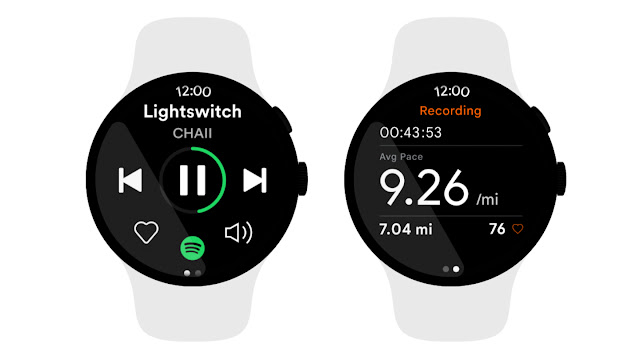During Mobile World Congress 2024, Google unveiled several new updates for Wear OS, with a primary focus on enhancing notification handling to optimize performance and battery life. Additionally, Wear OS watches will now integrate public transit directions within Google Maps and support Google Wallet passes.
Since 2018, Wear OS watches have typically featured an application processor (AP) for power-intensive tasks and an ultra-low-power co-processor microcontroller unit (MCU) for always-on functions like step counting and heart rate monitoring.
The latest update allows wearable manufacturers to delegate notification processing to the MCU, enabling tasks such as reading, dismissing notifications, and sending quick replies without waking up the AP.
This feature was initially introduced for the OnePlus Watch 2, which was also announced alongside the update. Bjorn Kilburn, vice president of Wear OS by Google, mentioned that other companies will have access to this capability in the future.
According to Kilburn, the OnePlus Watch 2 is the pioneer in implementing the hybrid interface for bridged notifications, enabling users to manage notifications on the MCU without activating the AP, thus conserving battery life. The second-generation OnePlus Watch is expected to offer up to 100 hours of usage on a single charge.
Despite the ongoing fragmentation within the Wear OS ecosystem, marked by the recent introduction of Wear OS 4 and the upcoming release of the OnePlus Watch 2 as the first non-Samsung or non-Google smartwatch to run Wear OS 4, Google remains committed to improving the platform.
The addition of Google Wallet passes enables users to access boarding passes, event tickets, gym memberships, and loyalty cards directly from their wearable device. Furthermore, Wear OS users can now conveniently check bus, train, or ferry schedules and receive guided public transit directions directly from their wrist.







0 Comments